The purpose of this essay is to discover new ways for aiding children’s understanding of written algorithms and investigating the ways in which structural apparatus can aid this process. It would seem quite coincidental that basic algorithms became a focus within our school improvement plan as our recent cohort was lacking some basic mathematical skills. Piaget and Bruner, two of our early educationalists/psychologists believed children learned by doing and that there are distinct ways of representing maths; actions, pictures, numbers and words (Delaney 2010).
The below example solidifies the point made above that by representing maths in varied manners it can aid understanding in relation to basic skills and allows a child to them move on with their learning. The child sited below has presented addition in a way he understands using pictures. An argument can be made that there are particular benefits from representing as the child has done below as it promotes a creative and imaginative approach to maths and introduces a cognitive challenge (Carruthers, E and Worthington, M 2006)
(adding grapes, Fred age 5 years and 8 months)
It is generally understood that mathematics then moves on, at a later stage to rote algorithms, which can potentially hinder children’s later understanding unless adequately taught. For example, children who understand the number 256 as 2, 5 and 6 when writing an addition or subtraction and fail to see that the 2 is equal to 200 Haylock (2007.) Current government notions conflict with this point as the mathematics curriculum is currently under review and rote learning is key to the new government’s agenda on the teaching of mathematics. Michael Gove (2012) claims in a recent speech that he wishes to liberate teachers so that they can teach their own pedagogy but the moves on to compare our schooling system with those in China and Japan where rote learning is key to their success. He places emphasis on pre-algebra and removing many of the data-handling units, a procedure that is already evident in eastern Asian cultures. Chanting and a reliance on memory are then to become part of every primary classroom. However, he does state that our mathematics schooling is two years behind that of China’s so we could argue that rote learning does hold a place within our current teaching of mathematics.
The journey for myself started with the idea of breaking down algorithms so that children understood the entire process of written methods and not just the rote method but also to embody the ideas referred to in Carruther’s and Worthington’s report.
Moreover discovering a method for addition that has a positive impact on my class of 19 lower ability children will allow them some freedom to discover on their own. “The process of discovering addition is varied and at times can be disconcerting when there are so many conflicting notions of how algorithms should be approached in the classroom,” (McClain, Cobb and Bowers 1998). Calculation policies vary extensively from authority to authority, school to school and it is understandable that teachers feel overwhelmed when approaching the planning of addition and discovering which of these many methods is most appropriate for each child but still maintaining a pedagogical approach.
There are also many pieces of literature that support the idea that there are two different kinds of mathematics experienced by both children and adults: those they are taught in school and those experienced at home (Thompson 1994). Personal experience supports this notion as I have had many parents discussing the foreign concept of number lines and in turn proceed to explain the column method to children, which skips relational understanding and moves to just memorising the steps of standard procedures (Skemp 1978). Experience affirms the belief that teachers, myself included, are often guilty of the same mistakes, what you don’t know, you don’t teach and a, “teacher’s belief systems reflect theories about the nature of knowledge and will, as a result, influence the process of their classroom practice,” (Hofer, Pinttrich 1997, Lovat, Smith, 1995) but during the course of this paper I wish to address this deficit. I was guilty of knowing the process of addition (such as column methods) but failing the make connections between other areas of maths to a sufficient level where children’s understanding was sound. In order that children understand practises, teachers’ must first acquire the sufficient foundation knowledge to plan for connection-making with their pupils (Rowland,T, 2009.)
Rowland’s ideas on teachers broadening their own knowledge was an important avenue to investigate and finding appropriate but accessible pedagogical algorithms for my Year 3 class required a broadening of my own knowledge and the use of practical apparatus to support understanding. There are certain research papers that found children’s manipulation of practical apparatus a misuse of time when they attempt to translate the skills to pencil and paper calculations (Hart, K 1989) but, my own observations made whilst undertaking this project and those of the Nineteenth-century educationalists Tillich and Froebel have somewhat conflicted with the opinion of Hart’s article. Tillich and Froebel advocate the use of practical apparatus for teaching basic arithmetic (Delaney, 2010) as does the Association of Teachers of Mathematics, formed in 1952, which set about arguing a case for teaching aids and structural apparatus in Mathematical classrooms (Delaney, 2010).


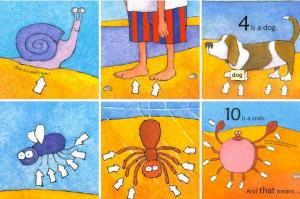
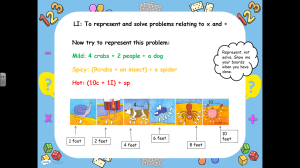


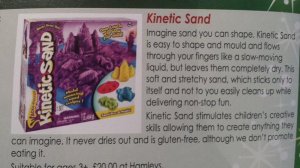
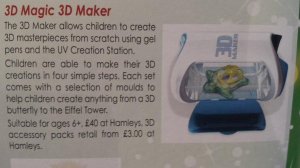


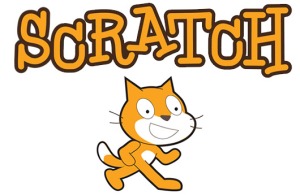

Recent Comments